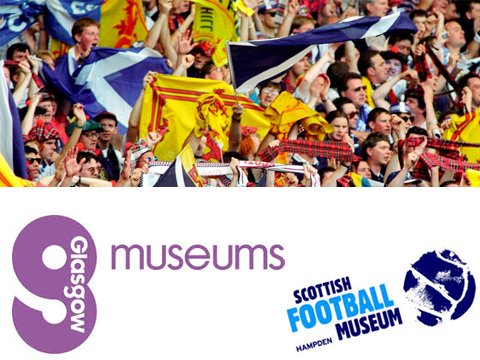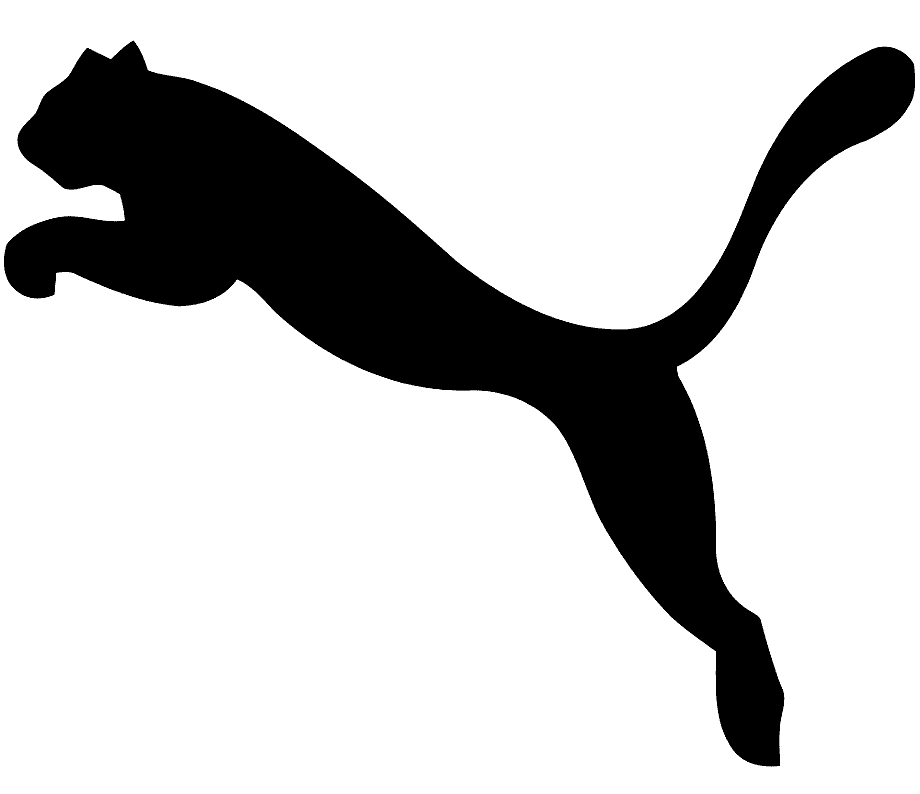There will be historic changes in Scottish football this summer however, Scottish football has been making history even longer than the 123 years that the Scottish Football League has been in existence for.
An exhibition at the Kelvingrove Art Gallery and Museum, which will more than fill an afternoon during the school holidays, will show how figures as diverse as Lord Roseberry and the Royal Scots Fusiliers shaped the national sport in Scotland. It also shows that the history of the game here is 600 years long and just as interesting as any exhibit in the Glasgow tourist attraction where it is based.
Since it opened back in March – More than a Game – How Scotland shaped world football - has been showing off Scotland’s long standing relationship with football and how this small nation laid the foundations for the skills of the modern day footballer across the world.
The collection, which has been curated in collaboration with the Scottish Football Museum which is based at Hampden, shines a light on Scotland’s role in developing the game worldwide as well as highlighting key figures that have had a huge impact on the game.
That development began centuries ago with the oldest football in the world being found in Scotland. It was once the property of Mary Queen of Scots in the 16th century and the football that was found in Stirling Castle was made from a pig’s bladder with a hand-stitched leather case on the outside.
From these humble beginnings there are examples from 14 countries across Europe of the role people from Scotland have played as well as examples of Scots braving the elements to play in Antarctica and the Artic.
There are examples from four countries in North America that owe a footballing debt to Scotland and four in South America including Brazil where Archie McLean played a key role in creating a samba style after founding an ex-pats' football team, the Scottish Wanderers, who played in the local São Paulo State League. There are also examples from Africa, Asia, Oceania and Australia where the passion for football was stoked by Scots.
After going through the corrugated iron fronted turnstiles that welcome you to the exhibition, visitors can catch a glimpse of the world’s oldest trophy in the world. The 1888 Durand Cup was won in India by the Royal Scots Fusiliers with the 93rd Sutherland Highlanders getting an earlier footballing mention with a medal from their 1851 match with Edinburgh University on display.
Foundations for the game worldwide were laid at this time and Queen’s Park, who were formed in 1867, played a huge role. They introduced the short passing game to the world long before tiki-taki was thought of.
By the 1880s, football was the biggest spectator sport in the country and when Scots travelled the world at this time, football was never far from their thoughts. To commemorate that period of growth, a Scotland cap given to David Alexander of East Stirling in 1894 is on display as is the Scotland shirt from 1908 in Lord Roseberry’s racing colours of primrose yellow and pink worn. The jersey is made even more special when you read that the owner was soon to be sweetie magnate Robert S McColl.
A slightly more recent Scotland piece is on display and that is the cap given to Kenny Dalglish to mark his century of appearances for the national side.
The growth of the game in Scotland in the late nineteenth century at all levels is evidenced with the display of the oldest Schools Cup in the world, the Airdrie Schools Cup first competed for in 1886. Also on display at Kelvingrove is a 1922 Scotland shirt worn by Alan Morton who grew up in the Lanarkshire town and had competed to win the Schools tournament. The trophy sits in the shadow of a warning from 1914 of the dangers of playing football in the street due to the trams!
A confirmation of how the game continued to grow in Scotland is captured in a photograph of Hampden Park in 1937 that confirms that the capacity was set at a staggering 183,724.
Other historical items that are worth noting are the old Thomlinson T- style match ball alongside the rather unsophisticated wooden items that helped them be made at the rate of 20 per week.
There are items to be seen by football fans regardless of where their club allegiance lies with jerseys from Celtic’s Jimmy Johnstone, Manchester United’s Dennis Law, Julie Fleeting of Arsenal, Scotland’s Jim Baxter and a tracksuit top for Scotland’s only ever World Cup winner, Rose Reilly Peralta on display on one side of the hall alongside the Faberge egg created in honour of Jimmy Johnstone.
Also on display is a pair of James McFadden’s boots and the matchball that Davie Cooper shot high into the Aberdeen net from a ferocious free kick during the Skol Cup Final played in October, 1987.
On the other side of the hall, there are some ‘world-class’ jerseys with Billy Bremner’s FA Cup tracksuit top from 1965 alongside Scotland tops from Graeme Souness, Jimmy McGrory as well as very different in style goalkeeping tops that belonged to Jimmy Cowan and Jim Leighton with a pair of Paul Gascoigne boots thrown in for good measure.
Other famous items of football clothing that can be seen are Scottish Cup Final shirts from Andy Walker of Celtic and Alex Cleland of Dundee United as well as legendary Liverpool Manager Bill Shankly’s tracksuit top from the FA Cup Final nine years after Bremner had competed in it.
A tangerine and black top worn by Dundee United’s Jim McLean sits beside Shankly’s zipped up effort as does a club tie and scarf worn by long serving Rangers Manager Bill Struth.
There are tops from neighbouring Junior clubs Auchinleck Talbot and Cumnock as well as Tommy Gemmell’s Scotland top from the 3-2 win in 1967 at Wembley over the then World Champions England.
There are also more substantial unique items to be viewed with a wooden dug-out from Berwick Rangers available to sit in to help recreate the atmosphere of the 1960s and it also shows how far the technical areas have moved on since the world’s first one was invented by Aberdeen trainer Donald Coleman in 1922.
The long lamented Third Lanark, who went out of business in 1967, are represented by a club shirt and an army uniform from the unit that they were born from. As well as these items, there are stained glass windows that used to adorn the drill hall on the south side of Glasgow where they were formed in the boom time at the end of the nineteenth century.
Dumbarton’s former home of Boghead has provided an interesting floor decoration.
Scotland’s role in refereeing has not been forgotten about with the jacket worn by the formidable Tom ‘Tiny’ Wharton on display alongside outfits and boots worn by Craig Thomson and Morag Pirie.
The Scottish Football Museum's curator, Richard McBrearty, said: "We didn’t want to make it something that was similar to what’s on at Hampden Park, we wanted to do something much bigger.
"We've got every aspect of football. Going back to the making of a traditional football, a good skilled worker could make 20 balls a week. It is important people remember things like that. We bring it up to date as well and we've got the ball signed by the French women's team from the Olympics last summer.
"We also have the original Hampden goalposts which were on the pitch during the 1976 European Cup Final. Every year at least one group come on a pilgrimage from Saint Etienne in France because they believe the square designs of the posts cost them the European Cup Final. They played Bayern Munich and lost 1-0 but when the game was goalless, they hit the woodwork twice and both times the ball bounced out the way and not in due to the square nature of the goal.”
McBrearty added: “We have another set of Hampden posts that are really famous on display as well. They were the ones that Zinedine Zidane scored his Champions League winning volley for Real Madrid in 2002. We never had the height to put them on display before.
"It also gives us the opportunity to showcase women's football, which for a long time was a story that's never been told.”
Just beside the more modern lightweight posts are video clips from two of Scotland’s successes in Europe with Rangers win in Barcelona in 1972 there to be enjoyed alongside Aberdeen’s defeat of Real Madrid in 1983.
The Dons success was, of course, brought about by Sir Alex Ferguson and there are items belonging to the recently retired Manchester United Manager as well as a room dedicated to another famous Scottish Old Trafford boss, Sir Matt Busby, and the re-birth of United after the Munich Air Disaster.
The European successes enjoyed by Aberdeen and Rangers came in the European Cup Winners' Cup with Celtic’s success in lifting the European Cup in 1967 having a separate section alongside a bronze bust of the club's Manager, Jock Stein.
McBrearty added: "It is a very fun and interactive exhibition."
He is not wrong as there are interactive booths which will provide video and audio recordings of great players and what made them great as well as footage from historic games. You can watch Scotland put teams to the sword at a packed Hampden with wins over Spain and France from not that long ago bringing about the best kind of nostalgia.
The SFL Newsletter has tried to give a flavour of what is available for fans to see at Kelvingrove but there are items of great interest that we have not listed and we encourage fans of all ages to pop along and see the impact Scotland has had on the world game.
'More than a Game – How Scotland shaped world football' runs until Sunday, 18th August ( just as the schools go back) and entrance costs Adults £5, Concessions £3 and Under-16s go free.
More details can be found at HERE.





.png)












